STIWELL® testimonials
Reports from physicians & therapists
The STIWELL® can be used for a variety of neurological & orthopaedic diseases. Physicians and therapists from a wide range of medical fields regularly use functional electrical stimulation to treat their patients.
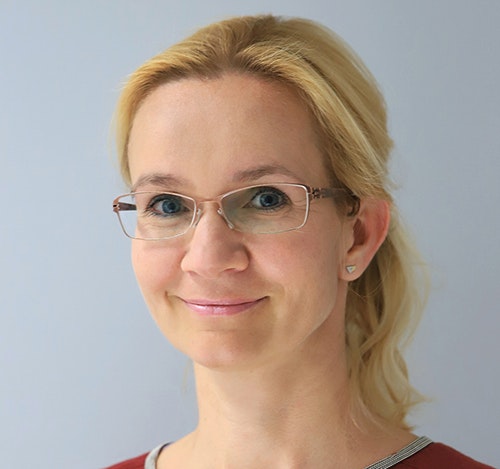
Dr. med. Gabriella Cerna-Stadlmann
Physical Medicine and Rehabilitation State Hospital-Innsbruck
"In physical medicine, functional electrical stimulation is an indispensable part of the treatment spectrum and is used for functional disorders caused by injury or illness. In the case of neural lesions, the stimulation of (partially) denervated muscles is an essential part of rehabilitation in addition to occupational/physiotherapy."
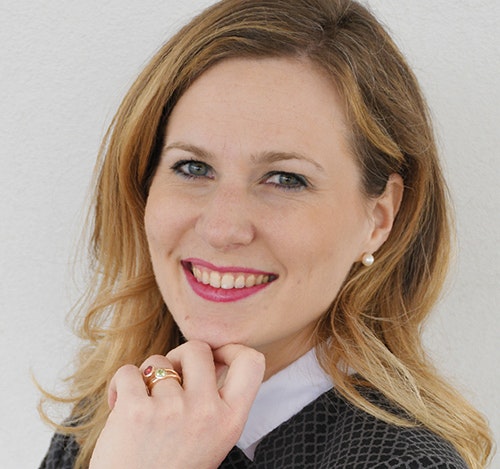
Christina A. Repitsch, MSc.
Speech therapist, Facial Outpatient Clinic, Department of ear, nose and throat medicine Clinic Klagenfurt a.W.
"The facial outpatient clinic at the Klagenfurt Clinic has specialised in the treatment of facial nerve paresis of various causes. The targeted FES as well as special biofeedback functions with the STIWELL® are not only used in the acute as well as in the chronic phase, but also after surgical resuscitation of the paralysed half of the face."
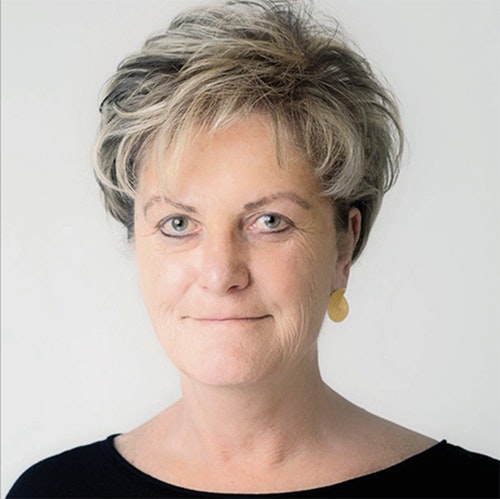
Univ. Prof. Dr. med. Michaela Pinter, MAS
Professor for Neurorehabilitation Research, Danube University Krems
"Functional electrical stimulation (FES) with the STIWELL® is an established technique in neurorehabilitation. The effectiveness of FES in the treatment of acute and chronic stroke and its manifold symptoms is receiving great attention due to the high level of evidence …"
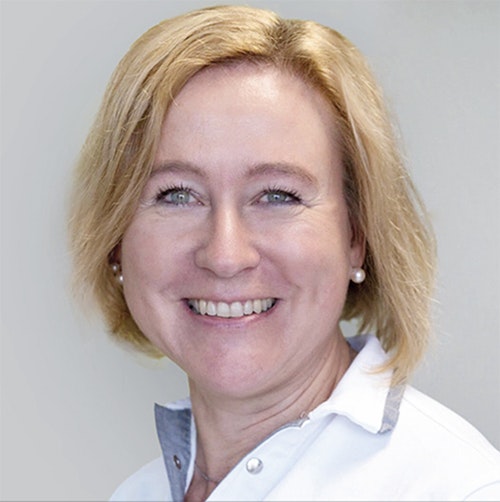
Ines Bersch-Porada Ph.D., MSc.
Head of the International FES Centre® at the Swiss Paraplegic Centre Nottwil
"In my many years of physiotherapeutic experience, I have observed excellent improvements in the functions, activities and quality of life in my patients with damage to the upper and lower motor neuron using STIWELL® EMG-triggered multi-channel electrical stimulation."
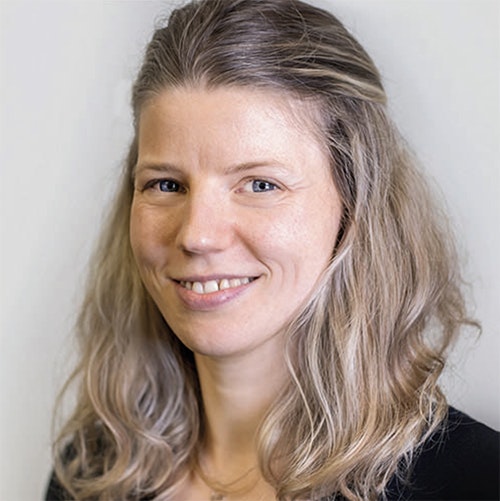
Birgit Tevnan, MSc.
Occupational therapist, Neuromed Campus, Kepler University Hospital Linz
"I have been using STIWELL® EMG-triggered multi-channel electrical stimulation enthusiastically and very successfully for many years in early rehabilitation and further also in therapy at home with my patients of different ages and with a wide range of neurological diseases."
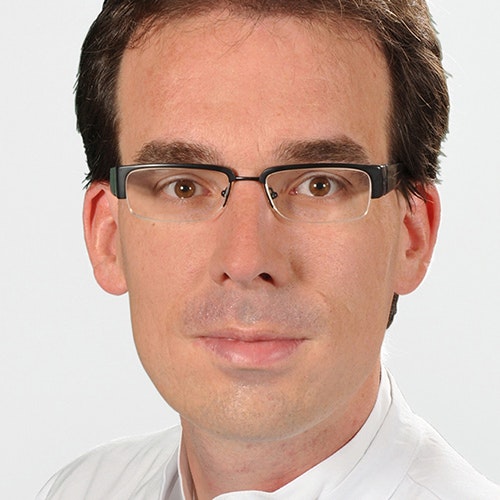
PD Dr. med. habil. Fabian Volk
Clinic for ear, nose and throat medicine, senior physician, head of facial nerve center Jena
“I have been involved in the topic of facial nerve paresis at the ENT University Clinic Jena (director: Prof. Dr. med. Orlando Guntinas-Lichius) since 2006 and have worked with the STIWELL® med4 ever since. As a medical student in Münster I worked at quantifying and improving neural regeneration. The STIWELL® application study performed together with MED-EL and the resulting application possibilities of electrotherapy combined with biofeedback showed that suitable biofeedback can increase a patient’s motivation to engage in intensive training. Success largely depends on easy handling combined with motivating, self-explanatory visualisations. We work with MED-EL to be able to offer motivating programmes tailored to the needs of patients with facial nerve paresis.”

Jeannette Schulze, MSc.
Speech therapist, Wilhelmshaven
"At the rehabilitation centre Wilhelmshaven we treated patients with central and peripheral facial nerve paresis of different severity and duration of the illness with the STIWELL® med4 in conjunction with therapy. We used the EMG Biofeedback with “PC Animation” 1-EMG-channel and 2-EMG-channel with and without electrical stimulation. One patient with central facial nerve paresis (condition after stroke) was treated to improve coordination. The patient (74 years) tolerated the treatment very well. In patients with peripheral incomplete facial nerve paresis mainly the eye muscles / eyelid closure could be improved. Increased and faster movement of the eyelid was observed directly after treatment. The STIWELL® is a useful supplement to treat central and peripheral facial nerve paresis – even chronic pareses. Fast effects were observed mainly with regard to eyelid closure / eyelid movement. Generally, all patients tolerated treatment very well and showed interest and motivation during therapy."

